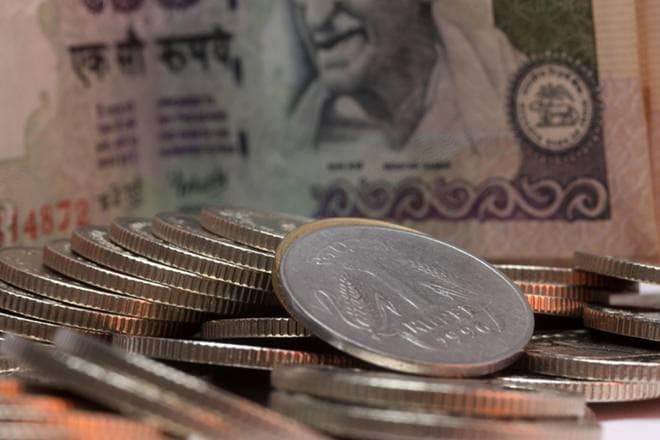Foreign portfolio investors (FPIs) are bonding with Indian debt like never before with investments between January and now hitting nearly $20 billion. With large flows expected into the equity markets, as insurers line up to list on the bourses, the rupee is expected to become stronger. Ashish Vaidya, MD and head (trading), DBS India, believes if global macros remain stable,it might hit 62-62.50 levels by December. He, however, rules out a one shot appreciation due to inflows because of the manner in which the Reserve Bank of India has contained the volatility in the currency. “We think the RBI will continue to intervene in the markets,” Vaidya said. Jayesh Mehta, MD and country treasurer at Bank of America Merrill Lynch, points out that foreign investors could bring in as much as $1.5 billion by way of subscriptions to a clutch of insurance issuances. Mehta observes that while the rupee was expected to dip a little bit in July and August, that has not happened. “Historically, the rupee has always depreciated around this time of the year. But this time, we have not seen this play out. By the end of the year you may see the currency hitting 62 levels,” Mehta says. The currency has gained over 6% between January and now. With huge flows expected in the equity markets, there’s little likelihood of a sharp depreciation. On Thursday, the rupee closed at 64.03 to the dollar.
Five insurance companies —SBI Life Insurance, HDFC Standard Life Insurance, New India Assurance Company, General Insurance Corporation of India (GIC Re) and ICICI Lombard General Insurance — are expected to raise over Rs 30,000 crore in the next few months. Ashwini Kapila, MD and head, Financial Institutions Group at Barclays India, pointed out insurance IPOs are expected to see considerable FPI interest, driven by the strong prospects of the financial services sector.

“The India growth story will first reflect in the financial services space and you are already seeing this in the valuations of private sector banks and NBFCs. Given the robust pipeline and strong interest in Indian equities from FPI, it is reasonable to expect insurers to attract $1.5 bn of inflows via IPOs,” Kapila observes. With yields that are way more attractive than in most markets and a steadily appreciating currency, foreign investors have never had it so good. The quotas reserved for FPI investments are almost full whether it’s for gilts or corporate paper. The Indian debt market had witnessed a net outflow of $6.45 billion in 2016. Latest depository data shows that the general category FPIs have utilised 99.35% of the permitted limit of Rs 1.87 lakh crore in central G-secs while long-term FPIs have utilised 86.42% of the allotted limit of Rs 54,300 crore. At the same time, foreign investors have utilised 99.59% of the permitted limit of Rs 2.44 lakh crore in corporate bonds.
Interestingly, foreign investors have shown little interest in state development loans (SDLs) even as the utilisation remains at 8.65% of the permitted limit of Rs 28,500 crore. However, the category for long-term investors for Rs 4,600 crore remains unutilised. Even as flows surged into the Indian market leading to the appreciation of the rupee, Sebi temporarily halted all masala bond issuances till FPI investments in corporate bonds falls below 92% of the permitted limit. Bond market sources are indicating a PSU firm might go ahead and issue masala bonds in the next few weeks although it is not yet clear whether they have received any exemption from the Sebi since the corporate bond limit utilisation is almost full. The PSU firm has already received the central bank’s approval for its masala bonds.


